Japan has a flourishing booze scene and we’re not simply talking about sake and refreshing beer. The Asian archipelago is increasingly responsible for some outstanding whiskey, the best of which can rival a lot of our favorite producers here in the states.
Related Reading
Many of Japan’s distilleries go back generations but the whiskey boom didn’t really occur until the mid-20th century after the war. And even that era is relatively slow compared to what’s been going on lately. In the last decade or so, the country has seen a significant bump in new labels as well as new offerings from the older ones. In short, for whiskey enthusiasts, it’s a great time to do some exploring within the widening Japanese realm.
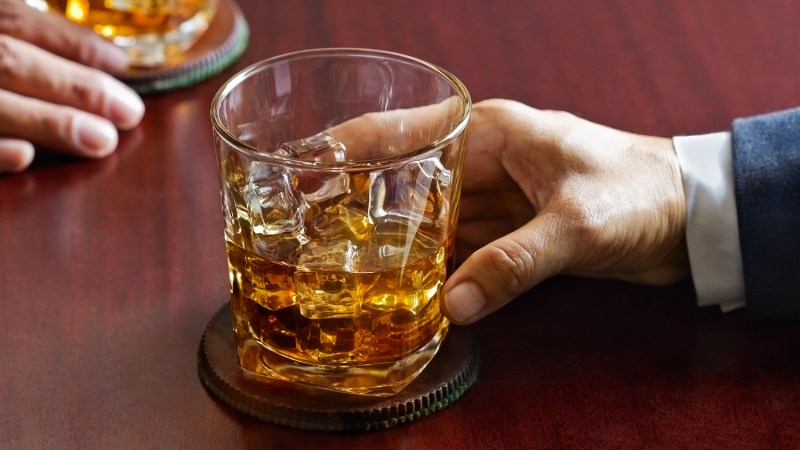
It’s an interesting landscape built around more traditional craftsmanship as well as approaches that might seem a little more experimental, at least to the American palate. More and more Japanese producers, for instance, are making stellar whiskeys out of alternative grains such as rice and additional options are becoming available stateside.
Suntory
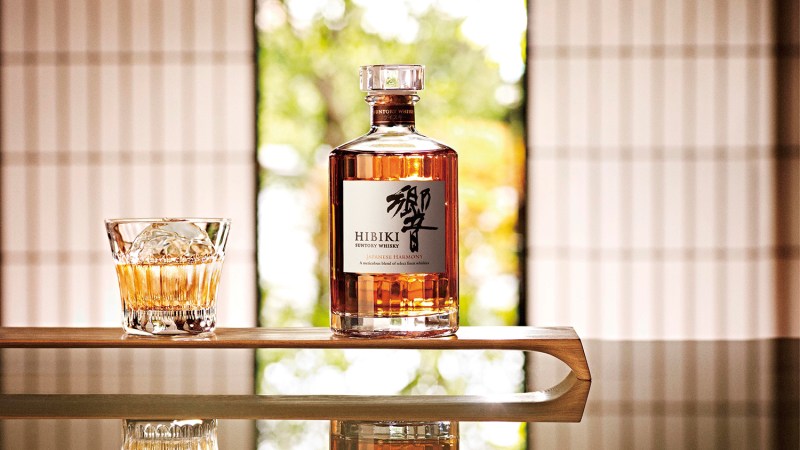
Arguably the most famous Japanese spirits outfit, Suntory runs two major labels in Yamazaki and Hibiki. It also produces its own lineup under the Suntory name. The brand has been at it since 1923 and consistently turns out some of the smoothest, most meticulously made whiskies out there. The Hibiki 21-Year is an especially delightful offering from the very established project.
Nikka
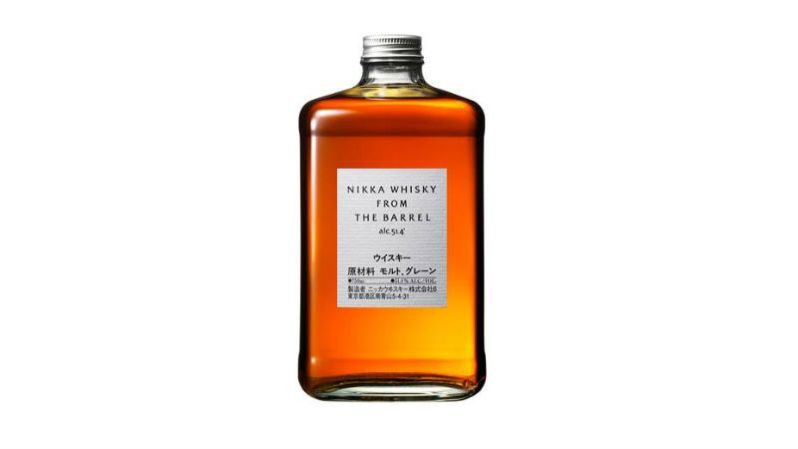
Nikka also has 1930s origins, launching first in Hokkaido before establishing a headquarters in Tokyo. It has grown to house a family of brands, including lauded ones like Nikka Coffey and the scotch-inspired Yoichi Single Malt. The labels are elegant, just like the spirits themselves. And the label really seems to be in good form right now, releasing some beautiful special editions like a whiskey finished in apple brandy barrels.
Ichiro’s Malt & Grain
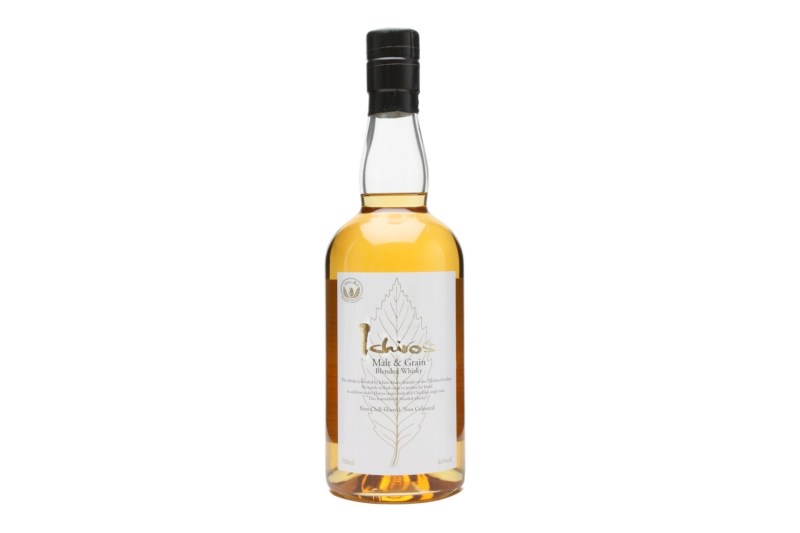
A collaboration between celebrated distiller Ichiro Akuto and the Chichibu Distillery near Tokyo, this offering is lovely, layered, and balanced. It’s a blend of malt bases from Japan and elsewhere and therefor dubbed an “all world whiskey.” The international approach is not unusual in spirits and Akuto’s deft blending hand is clearly at play here.
Akashi
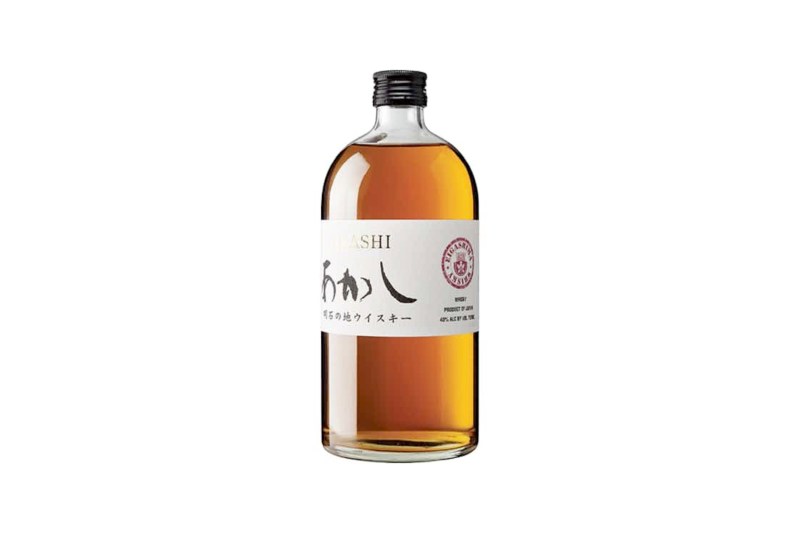
A significantly smaller Japanese distillery, Akashi is most famous for its white oak blended offering. That particular whiskey has garnered a following here, too, with its neat complexity and refined makeup. Far from boisterous, these whiskies tend to be light, graceful, and very satisfying to sip neat.
Togouchi
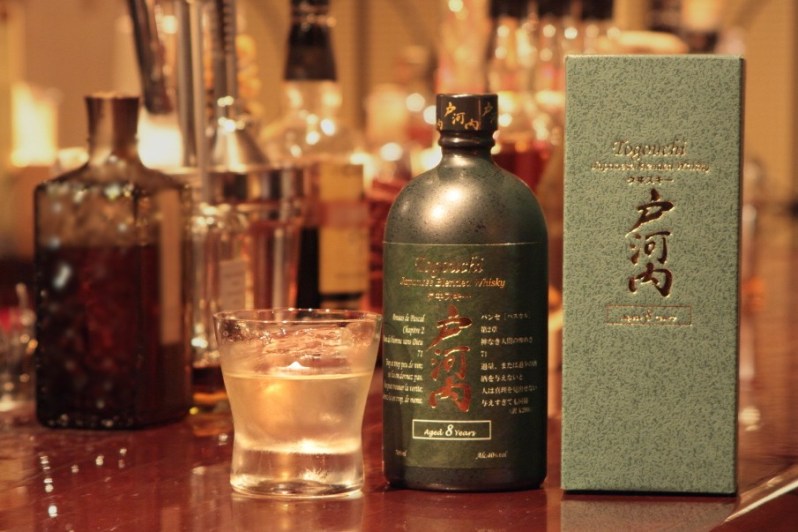
This whiskey combines Canadian grain with Scottish malt but is assembled, aged, and bottled in Japan. There’s a nine and 15-year version and both are gaining traction outside of Japan. It all goes down at the Chugoku Jozo Distillery near Hiroshima. In addition to the flagship whiskey, there are also harder-to-find options that mostly stay in country (although you can dig some up online), like a whiskey finished in beer casks and one blended with plum wine.


